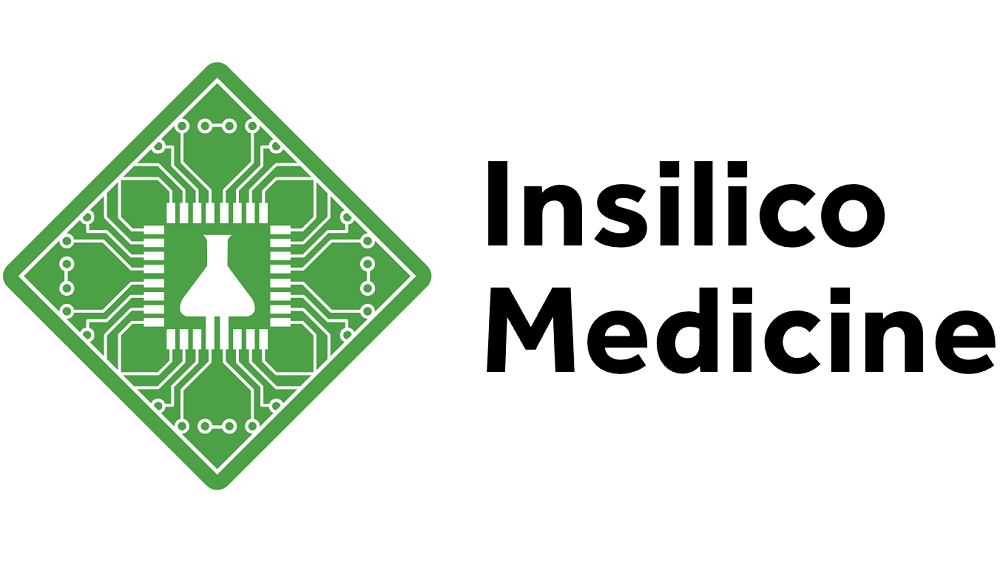In a new paper, InSilico has reported on its impressive success with a drug against idiopathic pulmonary fibrosis that was created by AI “from A to Z” and is currently in Phase 2 trials [1].
AI against aging
Many people in the longevity community hope that the might of AI will help us to untangle and ultimately counter the immensely complex phenomenon of aging. AI-based tools have indeed been around for quite some time, but tangible successes are still scarce.
InSilico Medicine, headquartered in New York and Hong Kong, has been on the forefront of the medical AI field for several years. InSilico has built Pharma.ai, a comprehensive platform for AI-based drug discovery, that consists of three blocks: PandaOmics for target discovery, Chemistry42 for molecule generation, and InClinico for clinical trial design and prediction.
Months instead of years
InSilico has scored collaborations with Big Pharma, but it is also heavily pursuing its own drug discovery, as it has announced 29 targets and 11 preclinical candidates in its pipeline. InSilico’s leading candidate, INS018_055, is pitted against idiopathic pulmonary fibrosis (IFP), a rare but deadly disease with no known cure.
One of AI’s great promises is speeding up drug discovery. Today, it takes about six years on average to push a candidate drug through the discovery and preclinical stages, but INS018_055 completed this process in just 30 months. Since then, the drug has been in clinical trials. Now, the company has published a paper in Nature Biotechnologies that details the candidate’s discovery process and the results of preclinical and clinical trials.
Promise against IPF and other types of fibrosis
PandaOmics, InSilico’s commercially available target discovery platform, identified TRAF2- and NCK-interacting kinase (TNIK) as a novel anti-fibrotic target using multiple AI engines. Its input consisted of multi-omic datasets derived from IPF patients’ tissue samples, but also of text data from scientific literature. InSilico used a “time machine approach”, training the models on data published before a certain time point, and validating them based on their ability to predict targets that were discovered after that time point.
TNIK has been linked to fibrosis-associated pathways by previous research, but this is the first time that it has been studied as a target for IPF. InSilico’s experiments confirmed TNIK’s relevance to fibrosis, after which the company moved to identifying TNIK inhibitors with Chemistry42. INS018_055 was selected from several candidates and validated in preclinical trials in vitro and in vivo.
The drug attenuated fibrosis in a bleomycin-induced mouse model of IPF, with more than 75% reduction in fibrotic area, and reduced disease-associated inflammation. INS018_055 showed signs of synergy with an existing anti-IPF drug pirfenidone: the combination treatment resulted in “a complete prevention of clinical symptoms.”
The scientists hypothesized from the start that TNIK may be relevant to other types of fibrosis as well. In line with their expectations, INS018_055 attenuated kidney fibrosis in mice. The treatment also showed promise against dermal fibrosis in vitro, when used on dermal fibroblasts.
INS018_055 has completed early trials with flying colors. “The results of the two Phase 1 studies”, the researchers write, “indicate that INS018_055 is safe and well tolerated in healthy volunteers with good oral bioavailability and dose-proportional pharmacokinetics.” The drug is currently in Phase 2 trials.
The dawn of the AI era
INS018_055 might be the most advanced AI-generated candidate drug around. “To date, I have not seen anything close from any other company in our field,” said Alex Zhavoronkov, PhD, founder and CEO of Insilico Medicine. “From my perspective, the progress of INS018_055 has significant implications for the drug discovery field. It not only serves as a proof-of-concept for Pharma.AI, our end-to-end AI-driven drug discovery platform, but sets a precedent for the potential of generative AI to accelerate drug discovery. Using the publication as a guide, one can extrapolate how generative AI drug discovery tools may streamline early discovery efforts.”
“Although lots of companies are working on AI to improve different steps in drug discovery, Insilico is trying to apply their AI in all early drug discovery and design stages, which is so exciting to me,” chimed in Michael Levitt, PhD, Nobel Laureate in Chemistry who sits on InSilico’s scientific advisory board. “They not only identified a novel target, but also accelerated the whole early drug discovery process and they’ve quite successfully validated their AI methods in the TNIK program. Drug discovery is a very wide-ranging project with a lot of uncertainty. AI can cope well with specific techniques for huge amounts of data, and by combining them with clever filtering, we can gain certainty and options from uncertainty.”
Literature
[1] Ren, F., Aliper, A., Chen, J., Zhao, H., Rao, S., Kuppe, C., … & Zhavoronkov, A. (2024). A small-molecule TNIK inhibitor targets fibrosis in preclinical and clinical models. Nature Biotechnology, 1-13.








